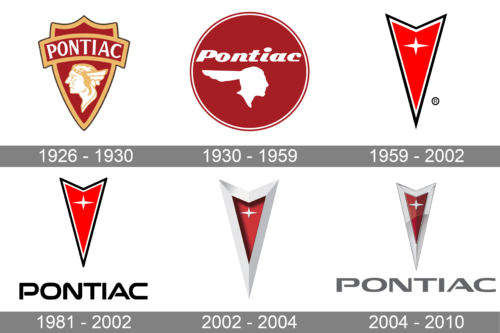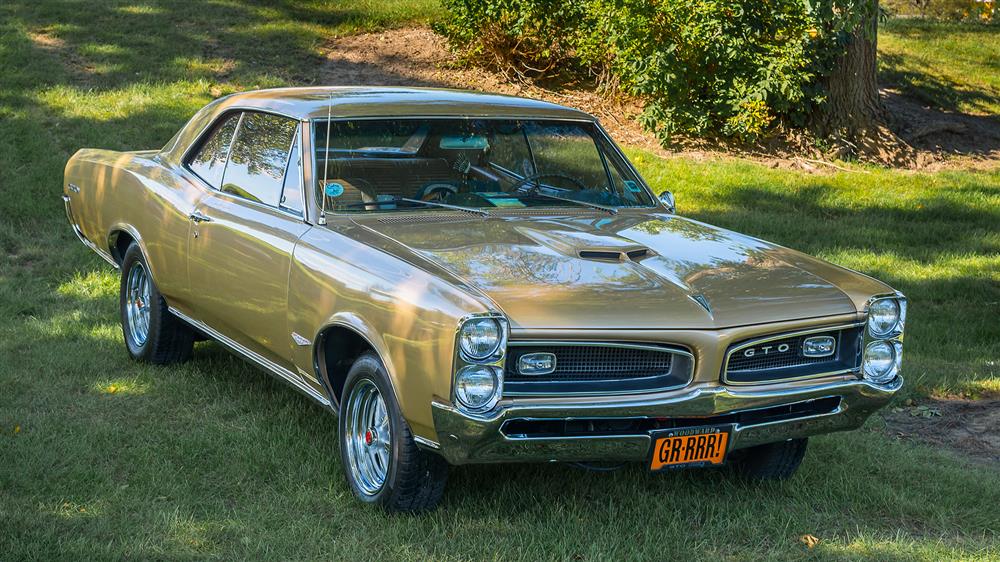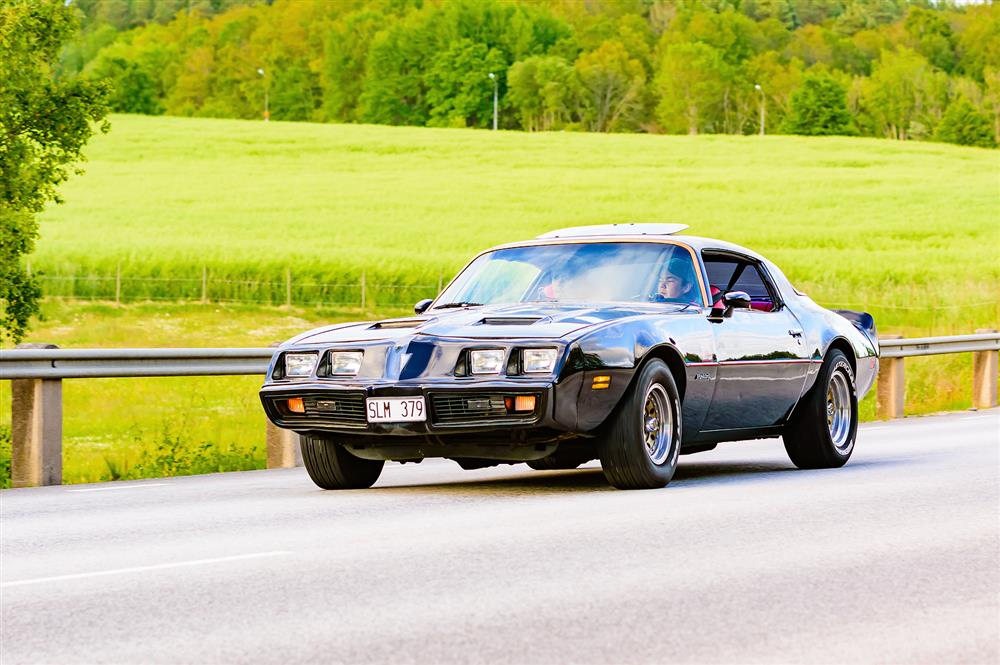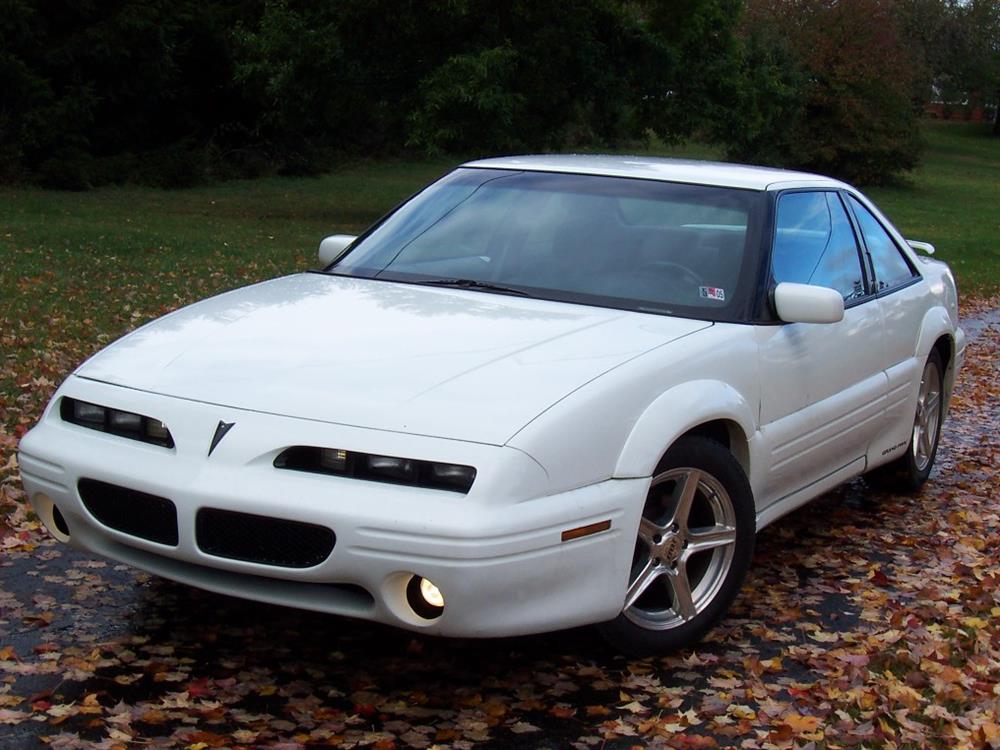
Pontiac, a marque of automobile, was established in the year 1926 as a companion make for General Motors' Oakland. Rooted in the city of Pontiac, Michigan, where the first Pontiac car was produced, the brand's origin story is a testament to GM's strategy of introducing a car brand that filled the pricing gap between Chevrolet and Oakland. The very first Pontiac vehicle, the Chief of the Sixes, was noteworthy for its affordability and six-cylinder engine, a rarity in a market dominated by four-cylinder engines. This initial model set the stage for Pontiac's reputation for delivering innovative technology at accessible prices.
Pontiac's Rise to Prominence
During the 1930s and 1940s, Pontiac gained momentum with a series of successful models. The brand distinguished itself with stylish designs and powerful engines, appealing to a broad audience looking for performance and luxury at reasonable prices. In the post-World War II era, Pontiac made a significant impact with models like the Streamliner and Chieftain, which offered a blend of luxury, performance, and cutting-edge design.

The 1950s: A Decade of Innovation
The 1950s marked a golden era for Pontiac, with the introduction of the iconic Bonneville in 1957. This model epitomized the brand's commitment to performance, featuring a high-powered V8 engine and sleek, aerodynamic styling. The Bonneville, along with other models like the Star Chief and Catalina, cemented Pontiac's reputation as a producer of high-performance, stylish cars.
The 1960s: The Birth of the Muscle Car Era
The 1960s marked a revolutionary period for Pontiac, a decade where it became synonymous with American muscle cars. The introduction of the 1964 Pontiac GTO was a groundbreaking moment. This vehicle, with its powerful 389 cubic inch V8 engine and aggressive styling, captivated the nation's youth and ignited the muscle car craze. It wasn't just about raw power; the GTO also offered improved handling and a sporty aesthetic, making it a total package for performance enthusiasts. Following the GTO's success, Pontiac expanded its muscle car lineup with the Firebird in 1967, including the high-performance Firebird Trans Am in 1969. These models, with their sleek designs and powerful engines, became icons of American automotive culture, further establishing Pontiac as a leader in performance vehicles.

The 1970s: Navigating Challenges and Innovations
The 1970s were a challenging time for Pontiac and the American auto industry as a whole. The oil crisis of 1973 led to a shift in consumer preferences towards fuel efficiency over performance. Pontiac responded by diversifying its lineup to include smaller, more fuel-efficient models like the Pontiac Ventura and Sunbird. However, the brand did not abandon its performance roots. In 1973, the Pontiac Trans Am SD-455 was introduced, boasting one of the most powerful engines of the era. Despite the challenges, Pontiac continued to innovate, introducing the Grand Am in 1973, a car that combined luxury and performance. The 1970s also saw the debut of the iconic Pontiac Firebird Trans Am, which gained fame through its appearance in popular culture, most notably in the film "Smokey and the Bandit."

The 1980s: A Focus on Technology and Design
The 1980s saw Pontiac focus on technological advancements and futuristic designs. One of the most significant models of this era was the 1984 Pontiac Fiero, a mid-engine sports car that was a departure from the brand's traditional muscle car image. The Fiero was unique for its use of a space frame design and plastic body panels, and it initially enjoyed strong sales and critical acclaim. Additionally, Pontiac made significant strides in engine technology during this decade. The 1986 Grand Prix 2+2 was a notable model, designed for NASCAR homologation, featuring an aerodynamic body and a performance-oriented engine. The 1980s also saw the introduction of the Pontiac 6000 STE, a technologically advanced sedan that offered all-wheel drive, a feature rare at the time.

The 1990s: Adapting to a New Automotive Landscape
In the 1990s, Pontiac adapted to the changing automotive landscape by focusing on a broader market appeal while maintaining its performance heritage. The decade began with the introduction of the Pontiac Sunfire in 1995, a compact car that offered affordability, efficiency, and a sporty edge. Pontiac also revitalized the Firebird and Trans Am models with significant redesigns in 1993, featuring more aerodynamic styling and powerful engines, appealing to a new generation of car enthusiasts. The 1997 Pontiac Grand Prix was another highlight, offering a supercharged engine in the GTP model, a feature that set it apart in the mid-size sedan market. Despite these efforts, the 1990s marked the beginning of challenges for Pontiac, with increased competition and changing consumer preferences.

Innovations in Design and Engineering
Throughout its history, Pontiac was at the forefront of automotive design and engineering. The brand was known for its radical and innovative styling, as seen in cars like the Firebird and Fiero. Pontiac also pioneered technological advancements, such as the introduction of the first turbocharged V8 in the 1962 Grand Prix and the first mass-produced, high-performance overhead-cam six-cylinder engine in the 1966 Tempest.
The Decline and Discontinuation
Despite its numerous successes, Pontiac faced challenges in the late 20th and early 21st centuries. Changing market trends, increasing fuel prices, and stiff competition led to a decline in sales. GM's financial difficulties further exacerbated the situation, leading to the announcement in 2009 that the Pontiac brand would be discontinued. The last Pontiac, a 2010 G6, rolled off the assembly line in January 2010, marking the end of an era.
Legacy and Impact on the Automotive Industry
Pontiac's legacy in the automotive industry is undeniable. The brand was a trailblazer in automotive design, performance, and innovation. Its influence can be seen in the muscle car culture, the evolution of automotive design, and the development of high-performance engines. The spirit of Pontiac lives on through a dedicated fan base and classic models that continue to be celebrated and collected.
The story of Pontiac is one of innovation, performance, and style. From its inception in the 1920s to its culmination in 2010, Pontiac left an indelible mark on the automotive world. The brand's journey through the highs of the muscle car era to the lows of its discontinuation is a compelling chapter in the history of General Motors and the American automobile industry.
If you are looking to restore or rebuild a Pontiac AC System, click here to view all our upgrade kits!
